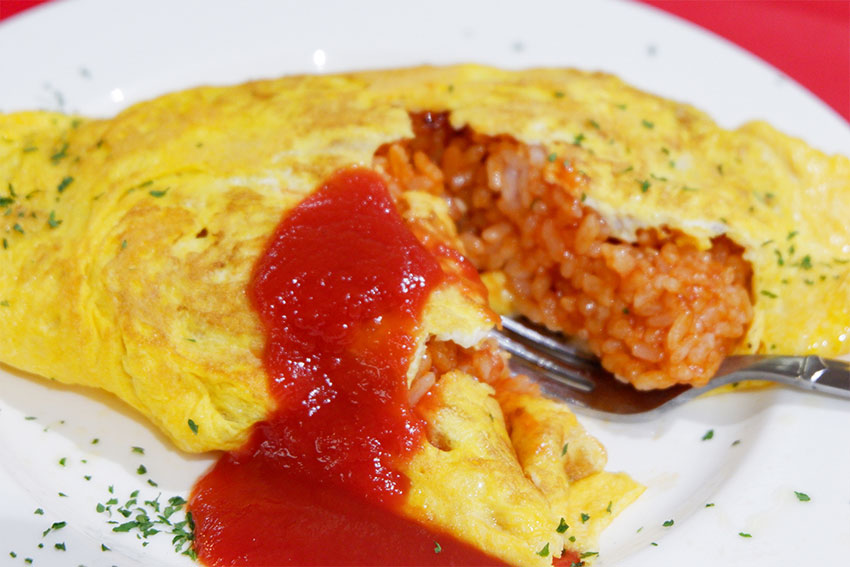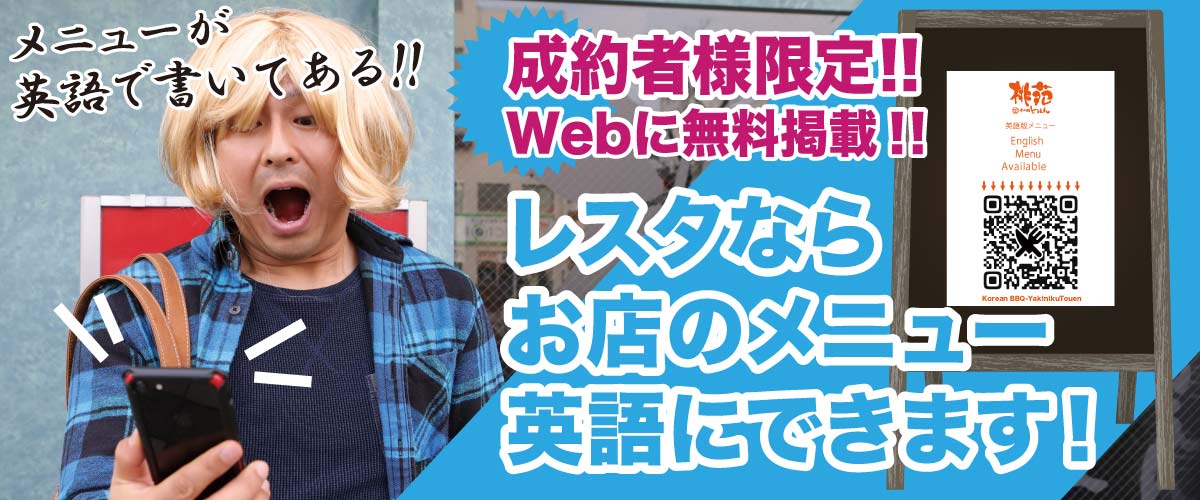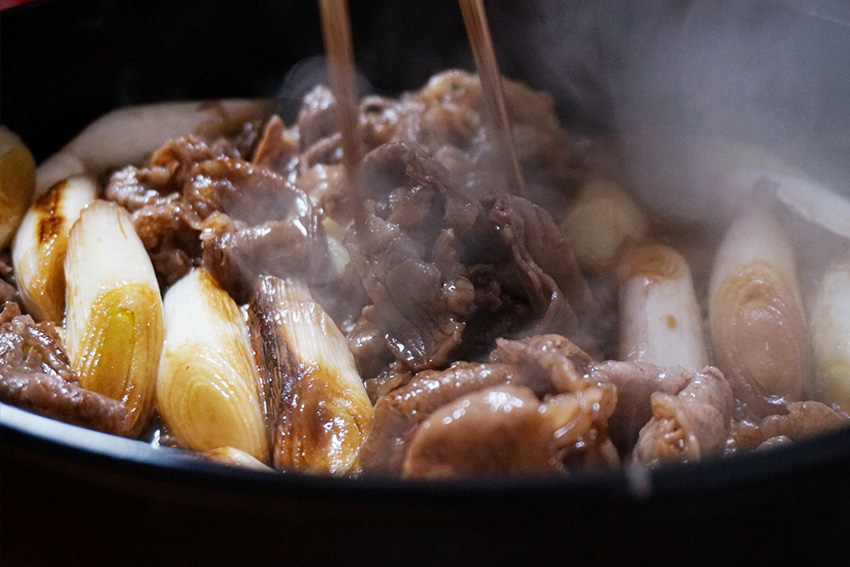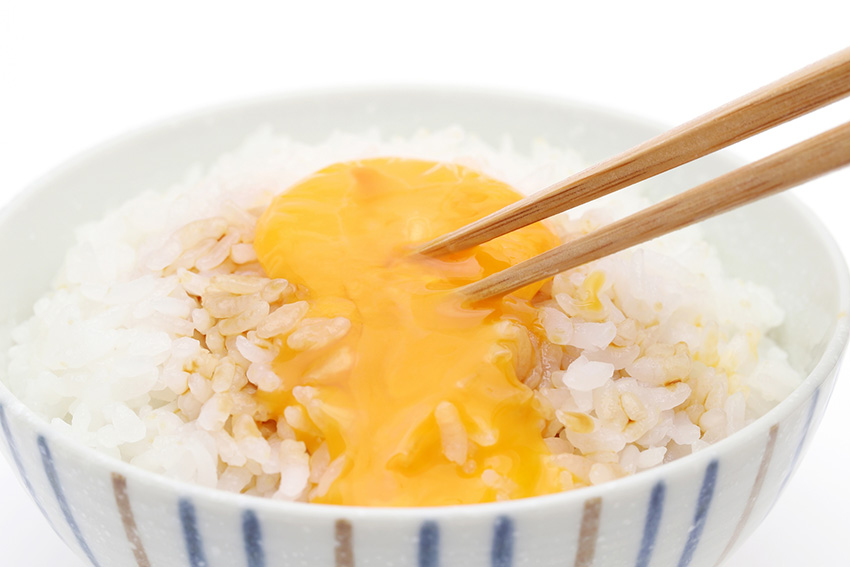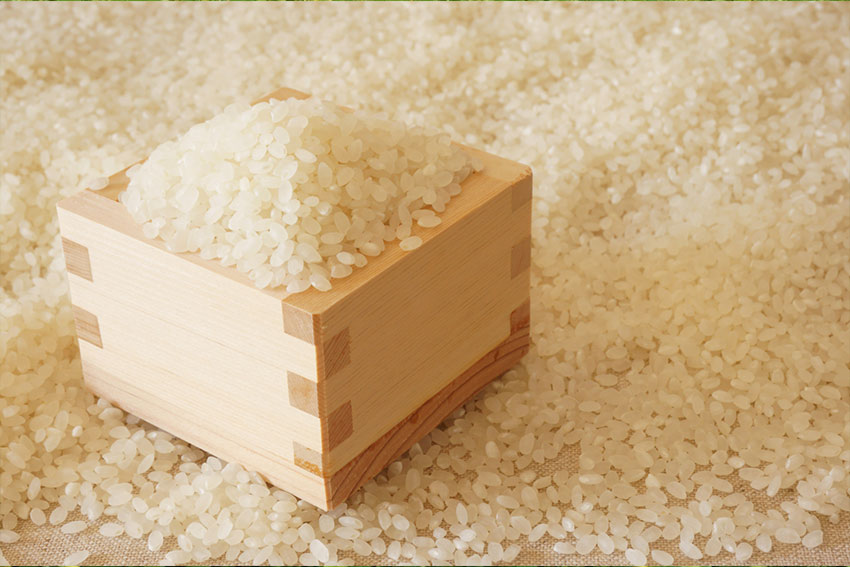Japanese food is really prevalent now
It is healthy and aesthetically pleasing.
I don't think Japanese people eat kaiseki(会席), kaiseki(懐石), or traditional vegetarian(精進) meals every day, but they are the image of Japanese food, and Japanese people think that Japanese food is very important as a culture.
By the way, what did the Japanese eat in the past?
Today let's have a look what we used to eat at the order of the times.
Jomon Period
The staple food were acorns, chestnuts, nuts such as Tochi, and other deers, wild boars, and fish were hunted and eaten.
Yayoi Period
Rice farming has spread and the staple food has changed to rice. People also ate millets, Japanese millets and red beans etc...
Nara Period
In this era, the gap between rich and poor has grown. The main staple of the noble was rice, and vegetables, meat and fish were cooked and eaten.
However, the staple food of the people was cereals, and the side dish was only weak soup and salt!
However, in 675, Emperor Tenmu issued a ban on killing and eating meat, and people were unable to eat meat. In such a flow, the archetype of the vegetarian cuisine was born among the nobles in this age.
Heian Period
The staple food of the nobles was rice, and the side dishes became gorgeous more and more.
After that, they came to seek beauty in the appearance and the presentation of the dish, and it became the starting point to cherish the beauty of the Japanese cooking now. In some of the upper classes, dairy products were also introduced.
Kamakura and Muromachi Period
The samurai meal was very frugal, but hunting was resumed and meat was eaten again.
Gradually, the trend spreaded among the nobles, and the meat came to be introduced again.
The Momoyama period
A lot of new food came from abroad.
In addition, oil was added to the cooking method, and the contents of meal changed, too. And, the tea ceremony was popular and the kaiseki cuisine developed.
Edo Period
Until this period, two meals per day were mainstream, but more and more people were able to eat three meals a day between the people from this era. In the urban areas, rice was often eaten, but in the countryside, cereals and vegetables were eaten.
Meiji era
Rice curry, Omurice, etc., "Yo-Shoku(洋食)" was created in Japan which were interpret the original Western cuisine. It is said that the prohibition of the carnivore was solved from this time because the Emperor Meiji ate meat. And the seasoning has increased.
Taisho and Showa era
Eating "Yo-Shoku" in restaurants had spread to the common people. In addition, the Western food became established as a meal of the people in the home gradually. Electric appliances have become popular and the cooking method has progressed remarkably.
At the end
Three meals par day, culture mix of Japanese and western, white rice as a staple food, kaiseki cuisine, traditional vegetarian cuisine.
It is not so old to see them in Japanese history.
Various things such as the change of farming, the influence from foreign countries, the difference between rich and poor, and the Emperor's Shaman are formed Japanese food, and it keeps changing still.
In today's health-conscious world, Japanese food has been attracting attention. I want the good things to stay the same.

